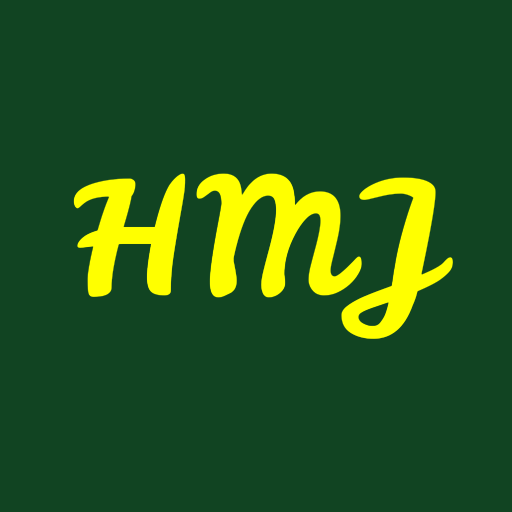A.W. FABER PLAID PATTERN PENCIL WITH SQUARE LEAD
A.W. FABER 격자무늬 연필
Looking the old catalog of A.W. FABER, I see there existed some pencils with ivory colored top.
The shape and size of the top might differ.
Some have a spherical end and some have a square end.
There might be other various cases but most pencils belong to one of them.
Regardless of the shape, what could be the role of this top?
Even the Graf von Faber Castell's desk pencils have this kind of tops (but in metals.)
If it was a pencil cap, its being is cogent - to protect the pencil lead for sure.
But this top comes to the end, not the front, protecting nothing.
Were they adopted solely for the aesthetic purpose? Hard to believe.
This pencil has many amusing features.
Other than its ivory top, it has the very unique plaid pattern which can't be seen other A.W. FABER pencils and doesn't have a cylindrical shape.
These will be discussed in detail later.
I also wonder why earlier pencils have the letters on the left end in this way.
For right-handed users, the letters are flipped when they use the pencil.
Modern pencils have letters adequate for the right-handed writers, and this holds even to the Castell pencils released in 1905.
By the way, this pencil has a circular top.
Neither spherical nor square top, but a circular top.
A.W. FABER No.2 is written in a gold color.
I don't know how I should call this pattern, but let me use the word "plaid" or "tartan" pattern for this pencil.
Upto my short knowledge, this style was never seen other than this pencil for the long history of Faber Castell.
Most A.W. FABER's pencils made in 1800s had very plain designs.
They didn't have any patterns except for some letterings and had a simple monotone body.
If they had some patterns, they were the grain of the wood.
A.W. FABER at least had some designful pencils even in the 19th century.
How could they achieve this quilting pattern in the 19th century?
It's surprising there existed enough technology to print this complicated pattern in that early era.
Another notable point that I mentioned before is its thickness.
It might not be seen well from the photo, but its thickness is not uniform.
It gets narrowed down as it towards the end.
In addition to that, the right end of the pencil, where has the minimum width, is simply a black cylinder.
As it goes for the top, the meaning of this part is vague.
Why A.W. FABER purposed this design? Does it have any virtue?
To be honest, I'm not a pencil expert, so I can't imagine any reasons of this.
Anyway, the pencil was intentionally made in this way, and its varying thickness might provide a more comfortable grip.
Square lead as many other Polygrade pencils.
Historically, the square lead used in prior of hexagonal and circular leads.
It was because square leads require only one piece of the wood to have the groove.
Technically, pencils are made by stitching two wood pieces, casing the lead.
Hexagonal and circular leads are covered by two wood pieces with both having the groove.
Moreover, square leads are more probable shape when one processes the raw graphite.
It's intuitive square leads are easier to be made than hexagonal and circular leads.
Nevertheless, square lead pencils were usually made off-centered, so they were replaced into other leads as time goes on.
As many other vintage pens, it's hard to estimate its precise age.
Still, it contains much history.
What a lovely pencil it is!










0 Comments